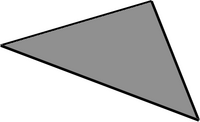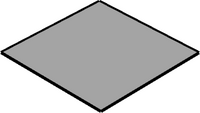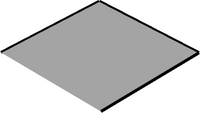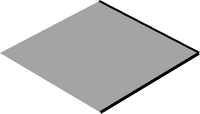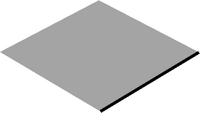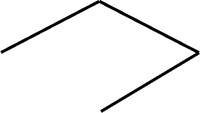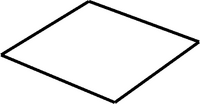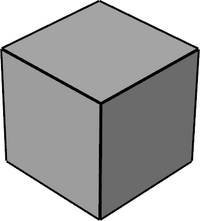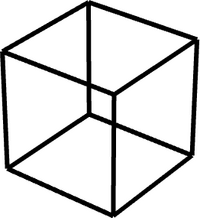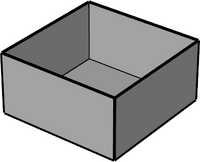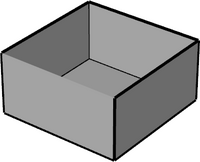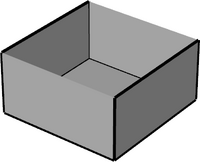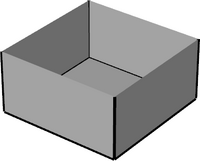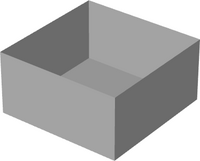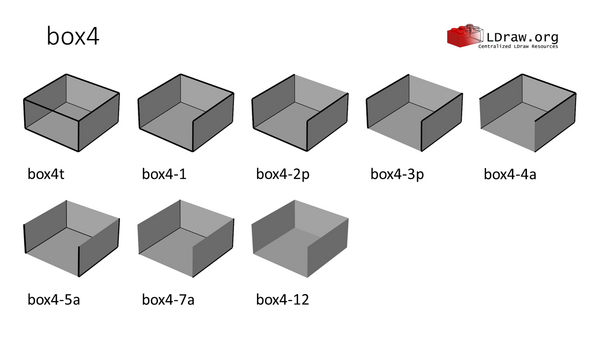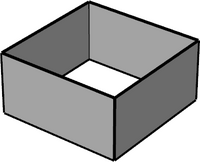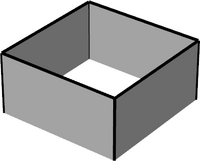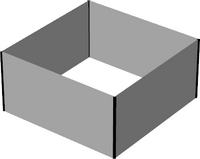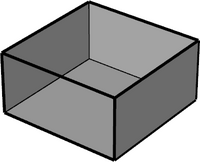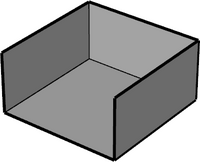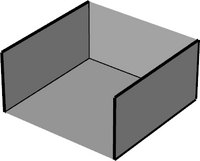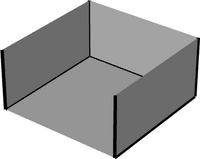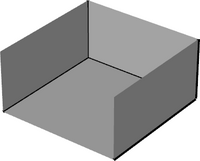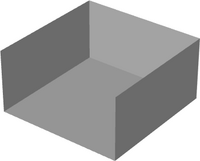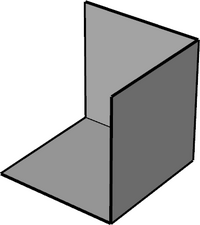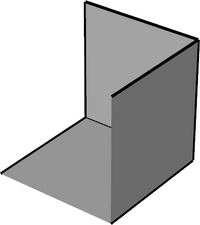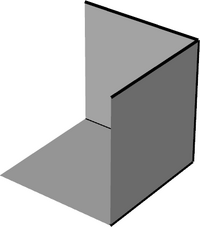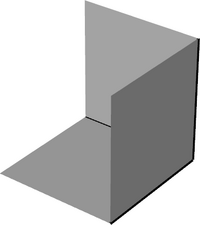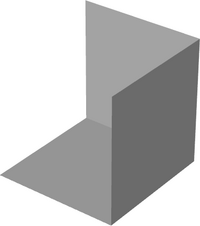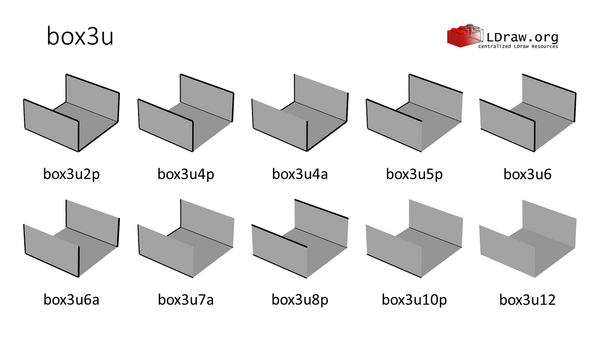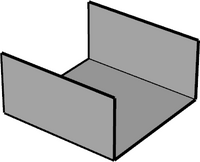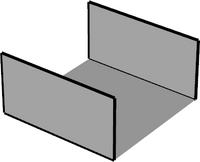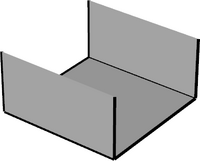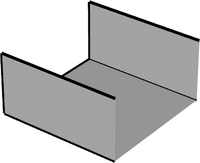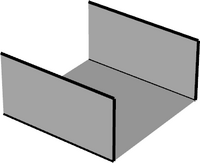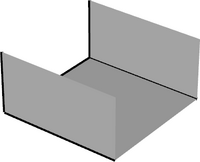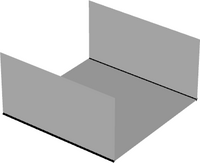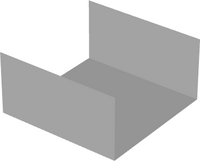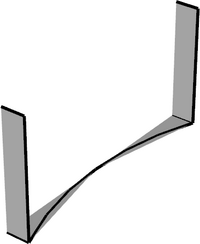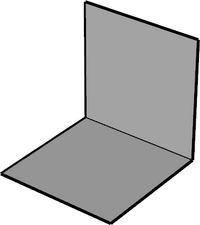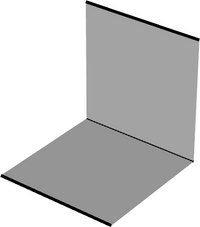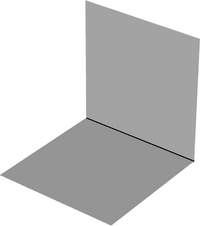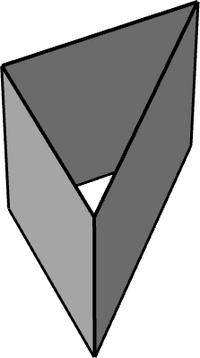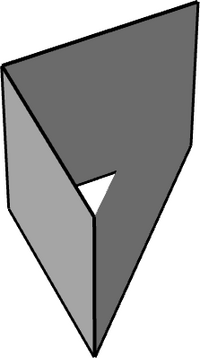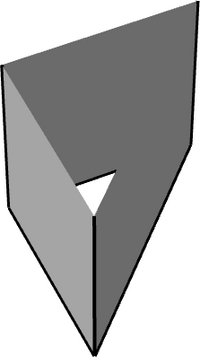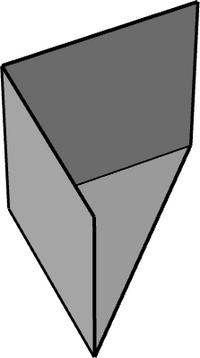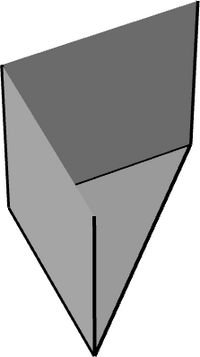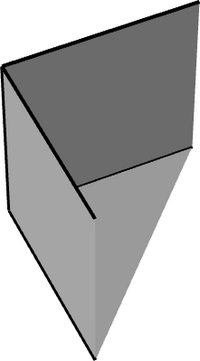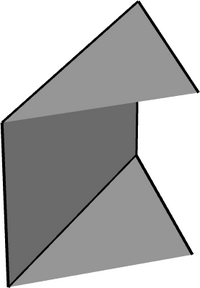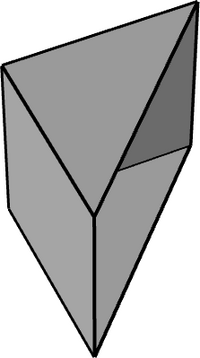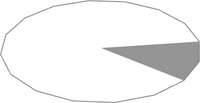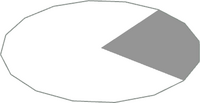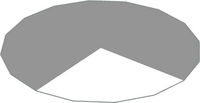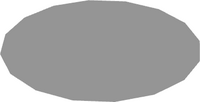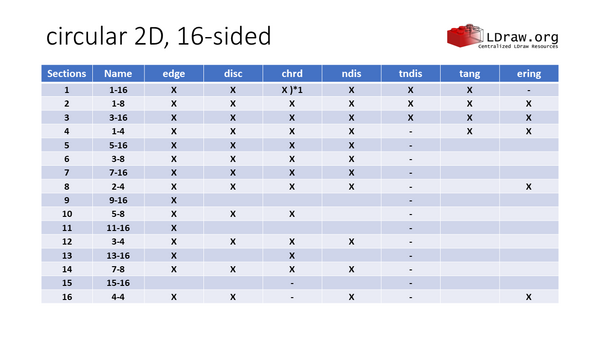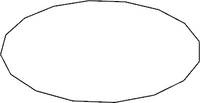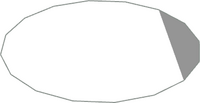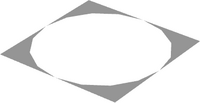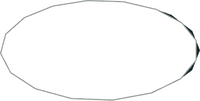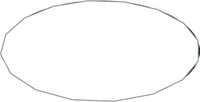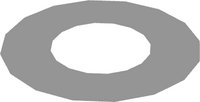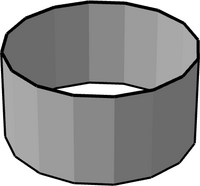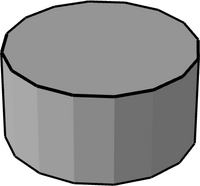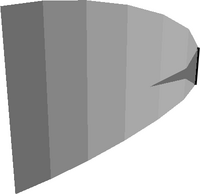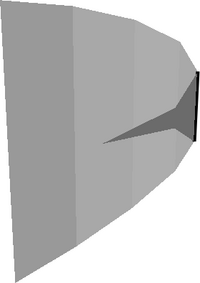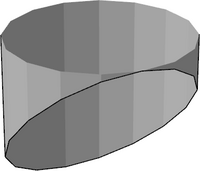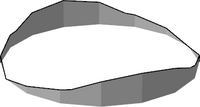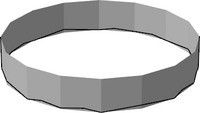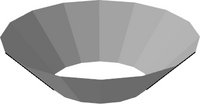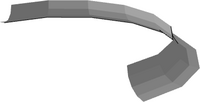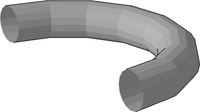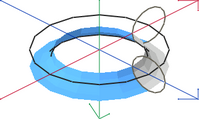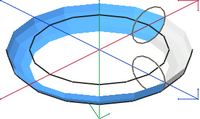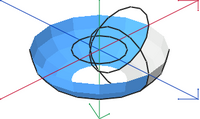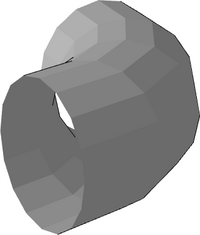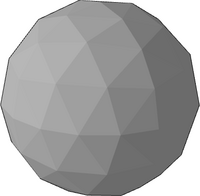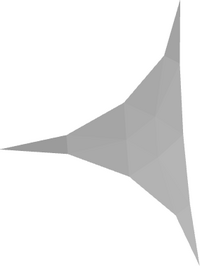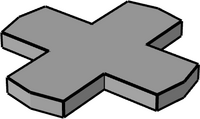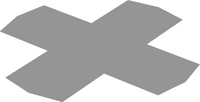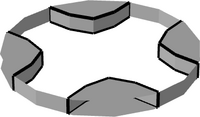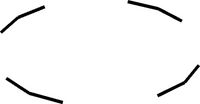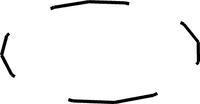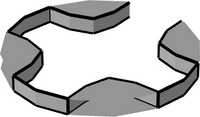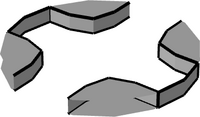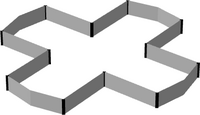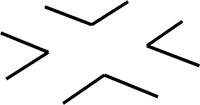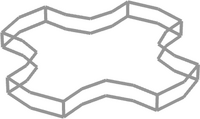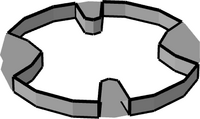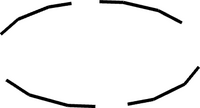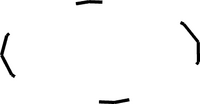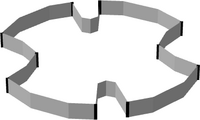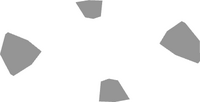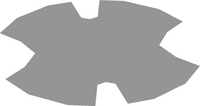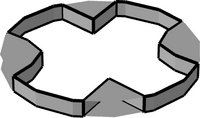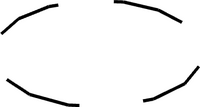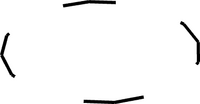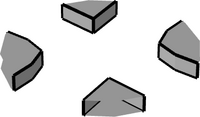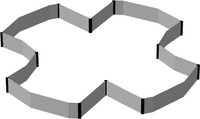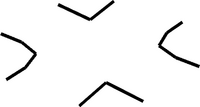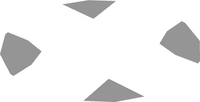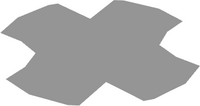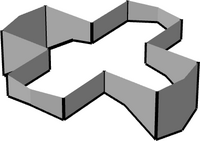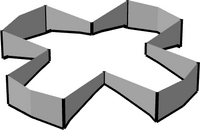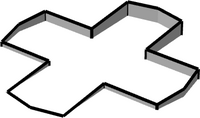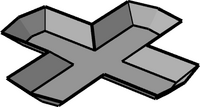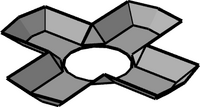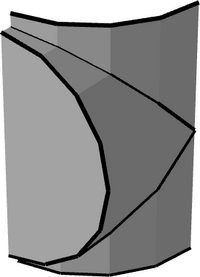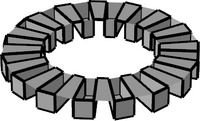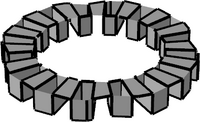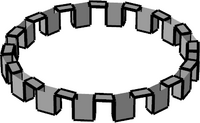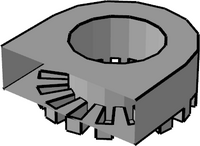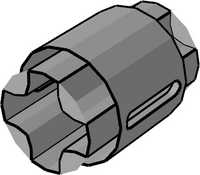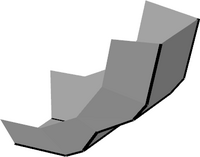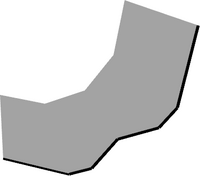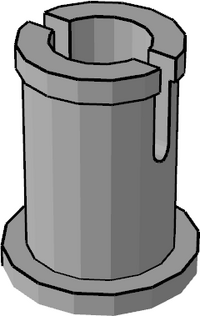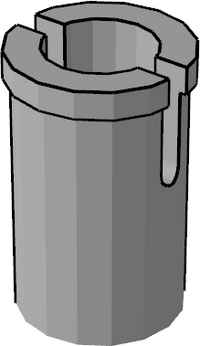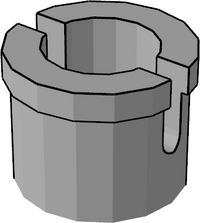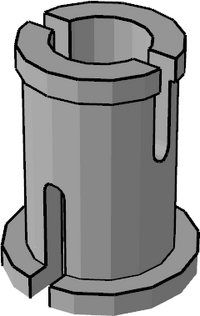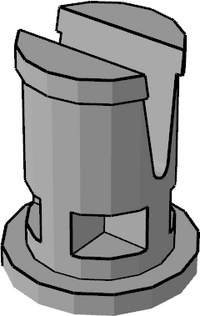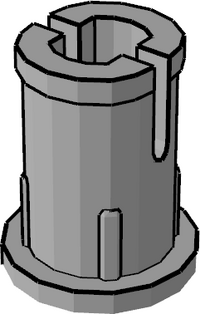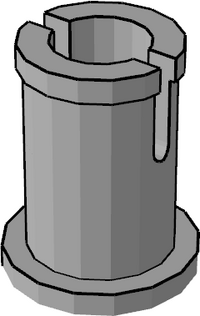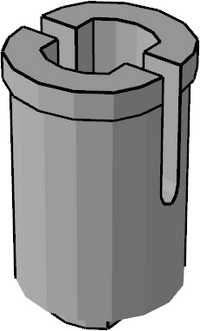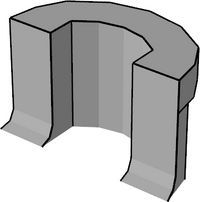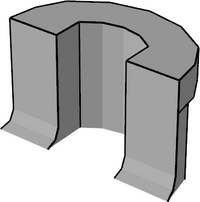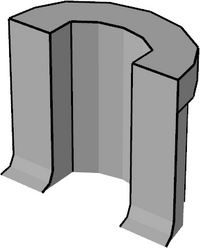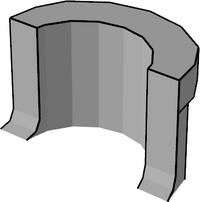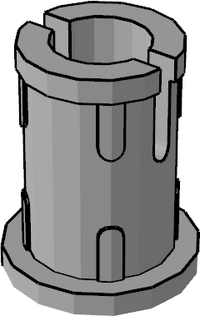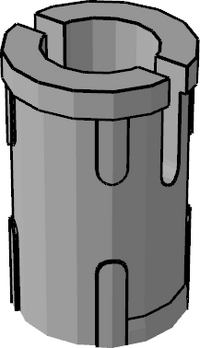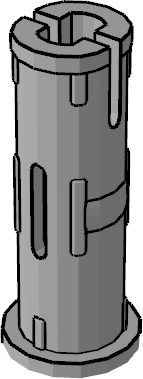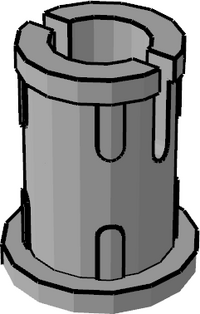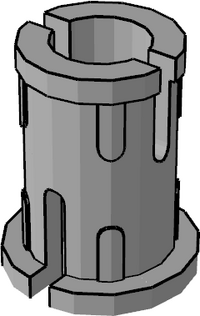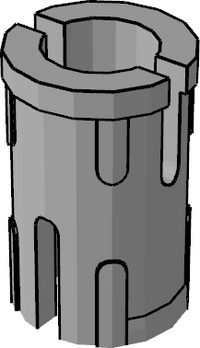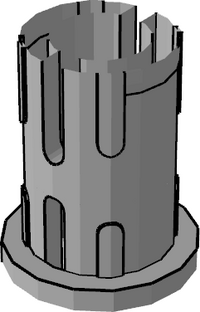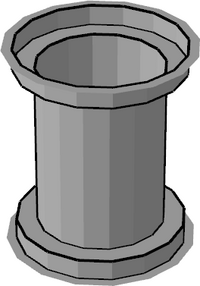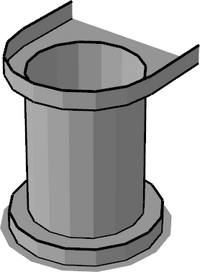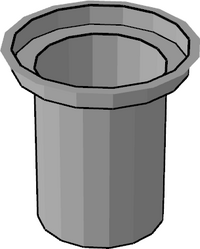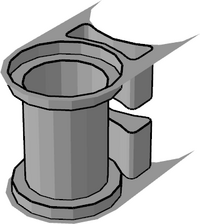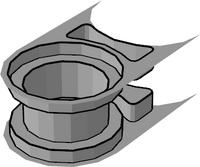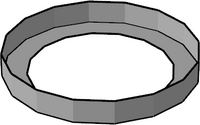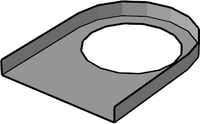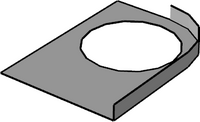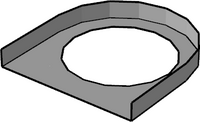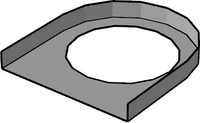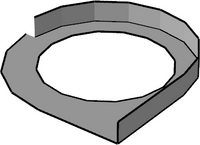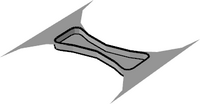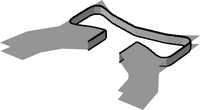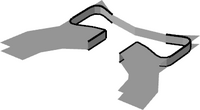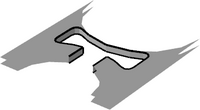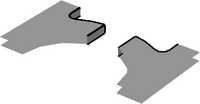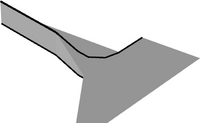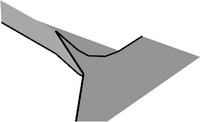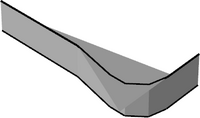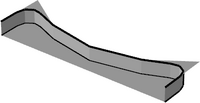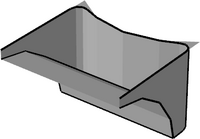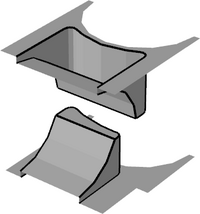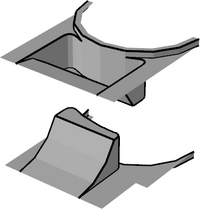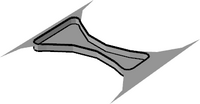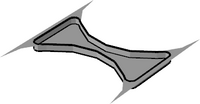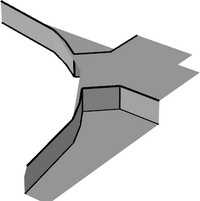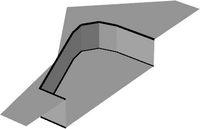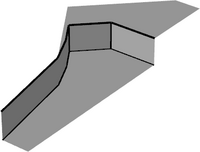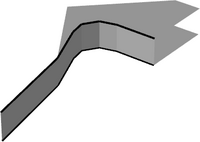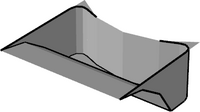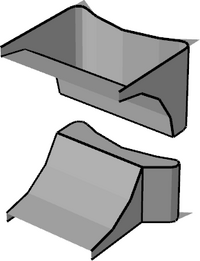Primitives Reference: Difference between revisions
Holly-Wood (talk | contribs) No edit summary |
Holly-Wood (talk | contribs) No edit summary |
||
| Line 1,725: | Line 1,725: | ||
|- | |- | ||
|[[File:Npeghol6d.png|200px|thumb|alt=Npeghol6d]] | |[[File:Npeghol6d.png|200px|thumb|alt=Npeghol6d]] | ||
|| | |||
|- | |||
| '''npeghol7.dat''' || '''Technic Peg Hole Negative 0.5 without Top Surface Extensions''' | |||
|- | |||
|[[File:Npeghol7.png|200px|thumb|alt=Npeghol7]] | |||
|| | |||
|- | |||
| '''npeghol7a.dat''' || '''Technic Peg Hole Negative 0.5 with Top Surface Extensions''' | |||
|- | |||
|[[File:Npeghol7a.png|200px|thumb|alt=Npeghol7a]] | |||
|| | |||
|- | |||
| '''npeghol8.dat''' || '''Technic Peg Hole Negative for Alternate Beam Type 1 Half without Extensions''' | |||
|- | |||
|[[File:Npeghol8.png|200px|thumb|alt=Npeghol8]] | |||
|| | |||
|- | |||
| '''npeghol9.dat''' || '''Technic Peg Hole Negative for Alternate Beam Type 2 with Extensions''' | |||
|- | |||
|[[File:Npeghol9.png|200px|thumb|alt=Npeghol9]] | |||
|| | |||
|- | |||
| '''npeghol10.dat''' || '''Technic Peg Hole Negative for Alternate Beam Type 2 without Extensions''' | |||
|- | |||
|[[File:Npeghol10.png|200px|thumb|alt=Npeghol10]] | |||
|| | |||
|- | |||
| '''npeghol11.dat''' || '''Technic Peg Hole Negative for Alternate Beam Type 3''' | |||
|- | |||
|[[File:Npeghol11.png|200px|thumb|alt=Npeghol11]] | |||
|| | |||
|- | |||
| '''npeghol12.dat''' || '''Technic Peg Hole with Extended Perimeter (One Side) and Surface''' | |||
|- | |||
|[[File:Npeghol12.png|200px|thumb|alt=Npeghol12]] | |||
|| | |||
|- | |||
| '''npeghol13.dat''' || '''Technic Peg Hole with Extended Perimeter (Two Sides) and Surface''' | |||
|- | |||
|[[File:Npeghol13.png|200px|thumb|alt=Npeghol13]] | |||
|| | |||
|- | |||
| <s>'''npeghol15.dat'''</s> || <s>'''~Technic Peg Hole Corner 0.25 (Obsolete)'''</s> | |||
|- | |||
|[[File:Npeghol15.png|200px|thumb|alt=Npeghol15]] | |||
|| | |||
|- | |||
| '''npeghol15b.dat''' || '''Technic Peg Hole Corner with Wide Tabs on 1 Side 0.125''' | |||
|- | |||
|[[File:Npeghol15b.png|200px|thumb|alt=Npeghol15b]] | |||
|| | |||
|- | |||
| <s>'''npeghol16.dat'''</s> || <s>'''~Technic Peg Hole Corner 0.125 (Obsolete)'''</s> | |||
|- | |||
|[[File:Npeghol16.png|200px|thumb|alt=Npeghol16]] | |||
|| | |||
|- | |||
| <s>'''npeghol17.dat'''</s> || <s>'''~Technic Peg Hole Negative with Cut Corners (Obsolete)'''</s> | |||
|- | |||
|[[File:Npeghol17.png|200px|thumb|alt=Npeghol17]] | |||
|| | |||
|- | |||
| '''npeghol18.dat''' || '''Technic Peg Hole Corner 0.125 Without Lower Faces''' | |||
|- | |||
|[[File:Npeghol18.png|200px|thumb|alt=Npeghol18]] | |||
|| | |||
|- | |||
| '''npeghol18a.dat''' || '''Technic Peg Hole Corner 0.125 without Faces''' | |||
|- | |||
|[[File:Npeghol18a.png|200px|thumb|alt=Npeghol18a]] | |||
|| | |||
|- | |||
| '''npeghol19.dat''' || '''Technic Peg Hole Negative for Alternate Beam Type 3 Top Half without Extensions''' | |||
|- | |||
|[[File:Npeghol19.png|200px|thumb|alt=Npeghol19]] | |||
|| | |||
|- | |||
| '''npeghol20.dat''' || '''Technic Peg Hole Negative for Alternate Beam Type 4 without Extensions''' | |||
|- | |||
|[[File:Npeghol20.png|200px|thumb|alt=Npeghol20]] | |||
|| | || | ||
|} | |} | ||
Revision as of 06:11, 15 December 2023
LDraw Primitives Reference
This page is a source of reference for the LDraw primitives in the \LDraw\p directory. Primitives are defined as highly re-usable components of LEGO parts modelled for LDraw. They serve several purposes :
- To speed up parts authoring by providing a library of components which can be incorporated into several parts
- To allow rendering software to make substitutions of curved components
Within this reference material the available primitives are categorised into:
Each section contains an overview of the characteristics common to all primitives within that category. Primitives are grouped into classes within each category - one class of primitive serving a similar purpose at different sizes or resolutions. For each class of primitive, a brief description of the purpose of the primitive is provided, with notes on its co-ordinate origin, default size and rules for scaling. A list of the available primitives is shown.
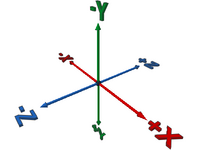 An understanding of the orientation of the co-ordinate axes is essential for authoring a part for LDraw. For reference within this page the axes and their direction is shown in this diagram.
An understanding of the orientation of the co-ordinate axes is essential for authoring a part for LDraw. For reference within this page the axes and their direction is shown in this diagram.
Rectilinear primitives
Nomenclature
Boxes are named boxF, with F representing the number of faces a box has. The suffix E represents the number of edges removed.
F and E are may followed by an additional letter. The hyphen is removed if F is accompanied by a modifier.
Face modifiers:
- o - faces are opposite to each other
- t - faces are all touching each other (usually, it's implied, but box4t.dat is a thing)
- u - missing faces form a U-shape
Edge letters:
- p - groups of edges are parallel to each other
- a - some missing faces have no adjacent edges
Scaling and orientation
These rectilinear elements may be scaled in the {x}, {y} and {z} dimensions to make elements of any size. For example
1 16 0 0 0 40 0 0 0 1 0 0 0 20 rect.dat
would generate a 80LDu x 40LDu rectangle in the {x,z} plane.
Although the default orientation of the rect.dat primitive is in the {x,z} plane the LDraw language allows for this to be transformed
1 16 0 0 0 0 1 0 40 0 0 0 0 20 rect.dat
would generate a 80LDu x 40LDu rectangle in the {y,z} plane.
1 16 0 0 0 40 0 0 0 0 20 0 1 0 rect.dat
would generate a 80LDu x 40LDu rectangle in the {x,y} plane.
| Return to top |
| Return to top |
Curved primitives
LDraw represents curved surfaces as polygons. For circular components two series of primitives are provided.
All the circular primitives are orientated in the {x,z} plane with their origin at the centre of the circle and a default radius of 1 LDu. Primitives are provided for complete circles and for commonly used fractions of a complete circle. Where the naming convention includes a prefix of the form n-f this indicates the fraction (n/f) of the circle drawn by the primitive. Where this fraction is less than an entire circle, the primitive starts at {+x,0} and progresses in a conterclockwise direction when viewed from above {-y}.
To avoid rounding errors, it is preferable to use existing fractional circular primitives, or create a new primitive, rather than rotate an existing primitive by anything other than 90 or 180 degrees. For example, use 3-16XXXX.dat rather than combining 1-8XXXX.dat with 1-16XXXX.dat rotated by 22.5 degreees.
To avoid matrix arithmetic problems in some renderers, the third dimension ({y} in the default orientation) of two-dimensional primitives must be given a non-zero scaling factor. LDraw circles are normally formed of 16-sided polygons (hexdecagons) - the regular resolution. For larger elements, where scaling-up of hexadecagons would give too angular an appearance, a series of high resolution primitives based on a 48-sided polygon are available. These may also be used for parts not well suited to a 16-fold symmetry.
These circular elements may be scaled by the same factor in both the {x} and {z} dimensions to make circular elements of greater or less than 1LDu radius. For example
1 16 0 0 0 3 0 0 0 1 0 0 0 3 4-4edge.dat
would generate a circle in the {x,z} plane with a radius of 3LDu.
They may also be scaled asymmetrically in the x and z dimension to make ellipses.
Although the default orientation is in the {x,z} plane the LDraw language allows for these to be transformed
1 16 0 0 0 0 1 0 3 0 0 0 0 3 4-4edge.dat would generate a circle in the {y,z} plane
1 16 0 0 0 3 0 0 0 0 3 0 1 0 4-4edge.dat would generate a circle in the {x,y} plane
| Return to top |
| Return to top |
Technic primitives
| Return to top |
| Return to top |
| Return to top |
| Return to top |
| Return to top |
| Return to top |
| Return to top |
